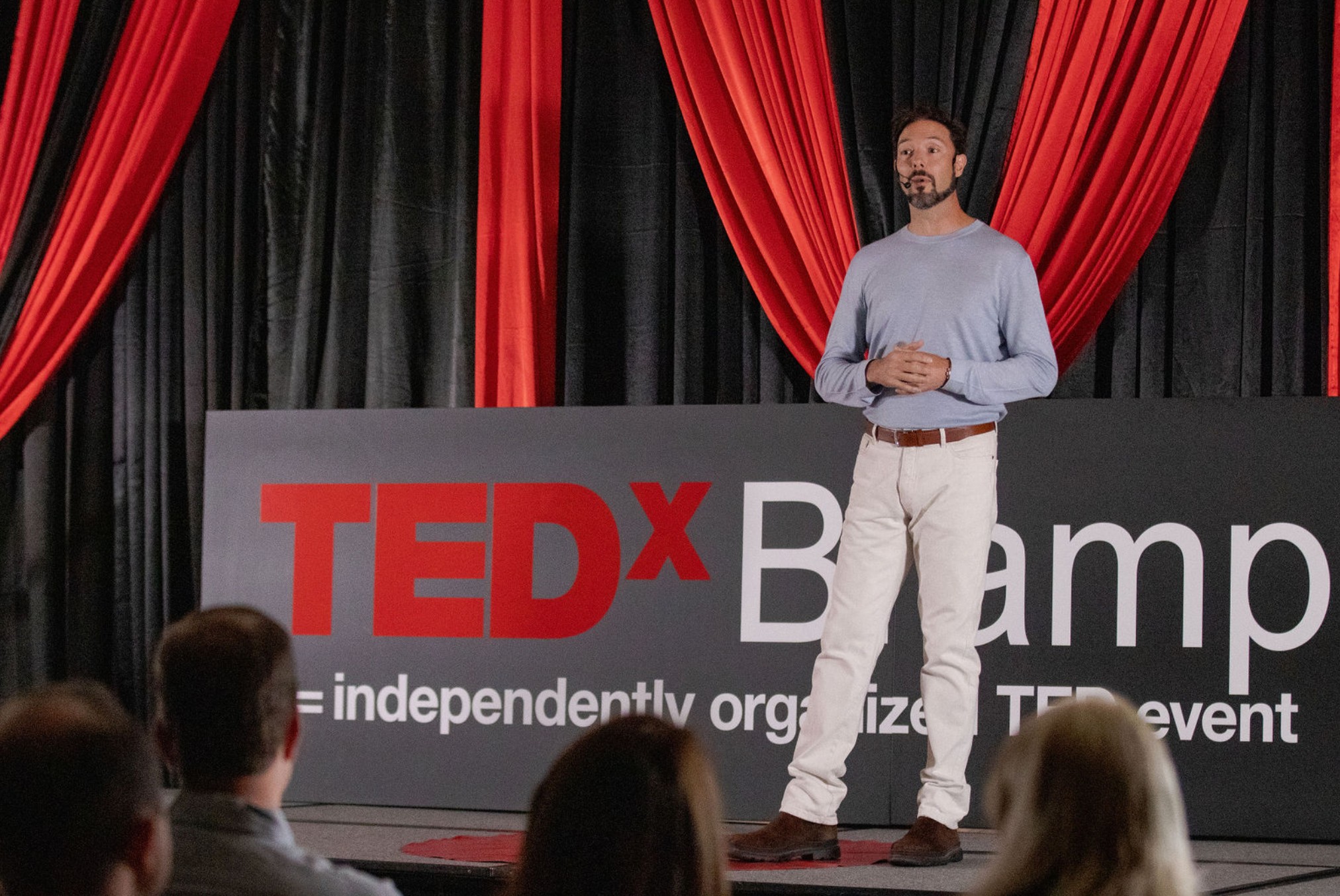We all have days where it seems like we’re drowning in things to manage. To do’s, reminders and pinging phones can rob us of a sense of well being and autonomy. They do this slowly, perniciously, without us even realizing that we’re sliding toward the cliffs of overwhelm.
Then one moment, we pause.
It could be because of anything really. Maybe it’s a feeling rising up in our chests and we just can’t ignore it. Maybe it’s the kind words of a friend, asking how we’re doing. Who knows? But somehow or another, we find a way to stop for a moment and take stock. We become aware that we feel lost in a maze of little things to be done, all with their own little pressures and countdown clocks ticking away. Now at this point, common sense and advice would be something like: “Take a quick break and work this from a new angle”, or “Just focus on the next thing to do.”
These are all highly effective ways to grab a breath of fresh air and then keep plowing on.
But hold on a second.
Suppose during our moment of pause, a new thought arises? Something grander and more all encompassing than our standard, belt-fed automatic thoughts.
Something like: “Why am I doing all these things again?”
Suppose we wonder, what ultimate goal we’re pushing for, that’s caused us to become so stuck in all these weeds.
Now if you told this question to someone, and asked if there was a name for it, they might respond with: “Oh! You’re talking about not seeing the forest for the trees.”
“That’s it!” you think.
But hold on, how do you actually do that?
That’s what we’re going to explore in this article: some advice for actually getting yourself into the proverbal hot-air balloon and getting up high enough to see that dadgum forest.
It’s not easy, but it’s possible and once you get good at something as cliche sounding as “seeing the big picture”, the benefits might just shock you.
(particularly if you’ve been down in among those trees for a long time without knowing it).
So let’s get started!
Below are 3 steps to getting a better view of your current situation. Let’s dive in!
Step 1:
“What’s this tasks final objective?”
We start with identifying the destination of whatever task you are currently doing. The easiest way to momentarily pop your head up to see which part of the forest you’re in, is to simply ask what final goal your working for. As simple as that seems, believe it or not, it can be humiliatingly easy to get stuck in what psychologists term a behavior loop. This can happen to any of us highly motivated, highly goal oriented types and it’s just what the name implies: you get stuck trying the same thing over and over again, even if it’s not working because you’re sure that this time it will work!
While it’s much, much easier to see this in someone else when they’re caught in it, (sometimes used in film for comic effect) when it’s you who is doing it, it can be truly unthinkable that another approach might be better.
Seriously.
Now in small things, like trying to hammer in a nail, it’s (once your aware of it) quite easy to stop yourself.
But here’s the thing and it sucks: you can be in a long-term behavior loop.
A behavior loop that plays out over weeks, months or even (gulp) years, is so totally a pain in the backside to identify and stop. To ferret out these bad habits, you need 2 things:
1. Lot’s of practice stopping yourself when you’re in short time-scale loops.
2. Good friends around you to tell you where your blind spots have them.
Now go and practice grasshopper!
Step 2:
“What’s this missions final objective?”
The second step is to ask yourself, what final destination is this project heading towards?
This step ensures that you stay true to north on your compass. Suppose you’re an engineer and your job is to build a vast bridge.
Now imagine you become so focused on how the bridge looks that you begin to lose sight of what it’s actual function is: to carry trains across it. At that point it, would be helpful to remember the final goal so you can tailor your specific tactics to it.
Obviously a simple step, but if missed, a huge drawback.
Each activity we humans engage in, is made up of 2 main parts:
The Strategic
(where we’re going)
and…
The Tactical
(how we’re going to get there)
Obviously, getting stuck in a behavior loop of actions and decisions, means getting lost in the Tactical and forgetting the Strategic.
Even though it might seem unnecessarily simplistic, go ahead and check-in and see if there any areas in your own experience where you might have gotten a little stuck in the tactics.
Step 3:
“What need am I trying to meet?”
Here we are! The final step. And this step is a question that gets right to the ultimate reason why you’re doing what you’re doing in both the Tactical and Strategic realms.
We all go through life trying to meet as many of our needs as possible. Some are obvious, like eating and sleeping or pouring Tabasco sauce in your friend’s tomato soup. Of course.
But others are camouflaged. Birthed in our childhoods (mostly), they are like the guide rails on a precarious cliff side. Keeping us going in a certain direction so we can be safe. Trouble is, they don’t always keep us protected and sometimes, in our unconscious attempts to meet them, we cause a lot of trouble for ourselves and everyone around us.
These tricky impulses act like magnetic pulls, drawing us toward actions or habits, without our even being aware they are doing it.
And this is what is driving our lives and everything in them.
Working to stay safe and meet our needs.
So, check-in one last time.
What is the emotional reason that whatever you’re doing feels important?
Whatever is beneath the surface emotionally is what the real cause of the energy around these traps we all fall into.
Now what to do about it?
Well it’s un-glamorous.
Just like with Step 2, having practice seeing these patterns in yourself and others and having good company to tell you when you’re lost, is probably the only way to do it.
But in the end, isn’t that what life is all about anyway?
Getting better one small, stumbling step at a time, with friends who are in those same trenches beside you?
So go out there.
Remember the tasks goal, the missions goal and your underlying emotional goals.
And jump in that arena!




